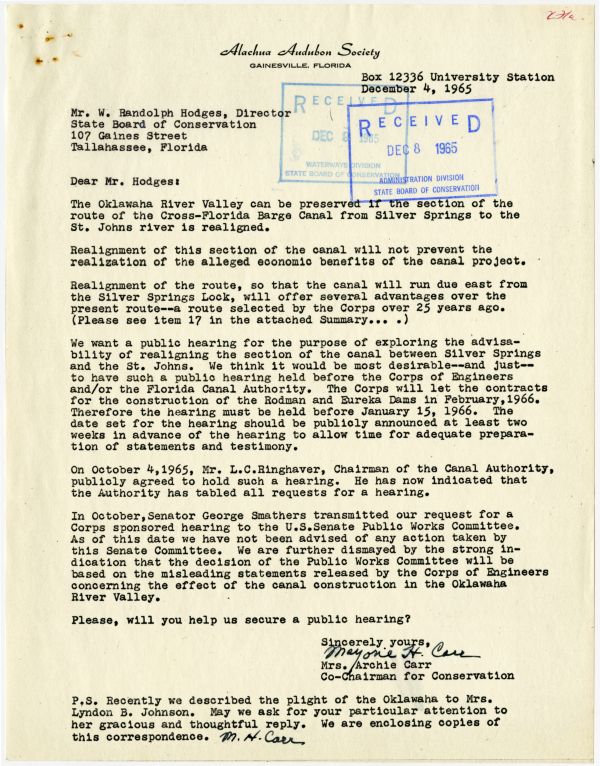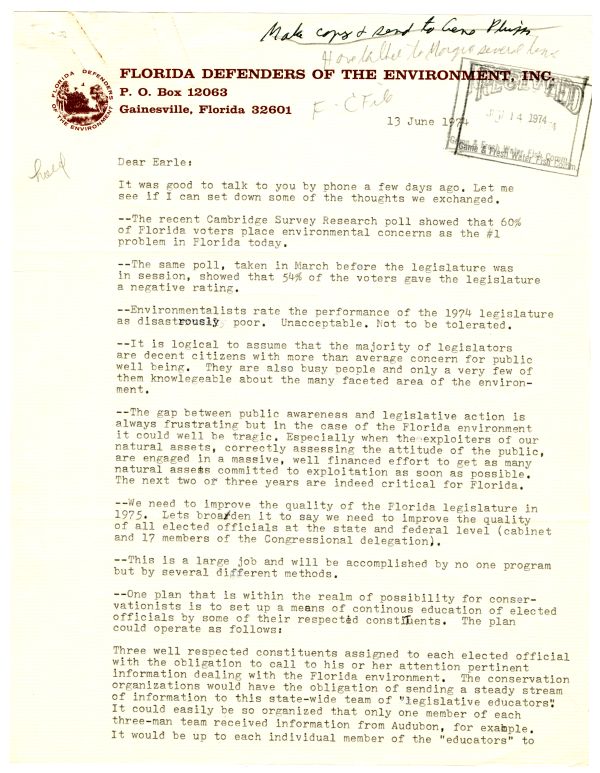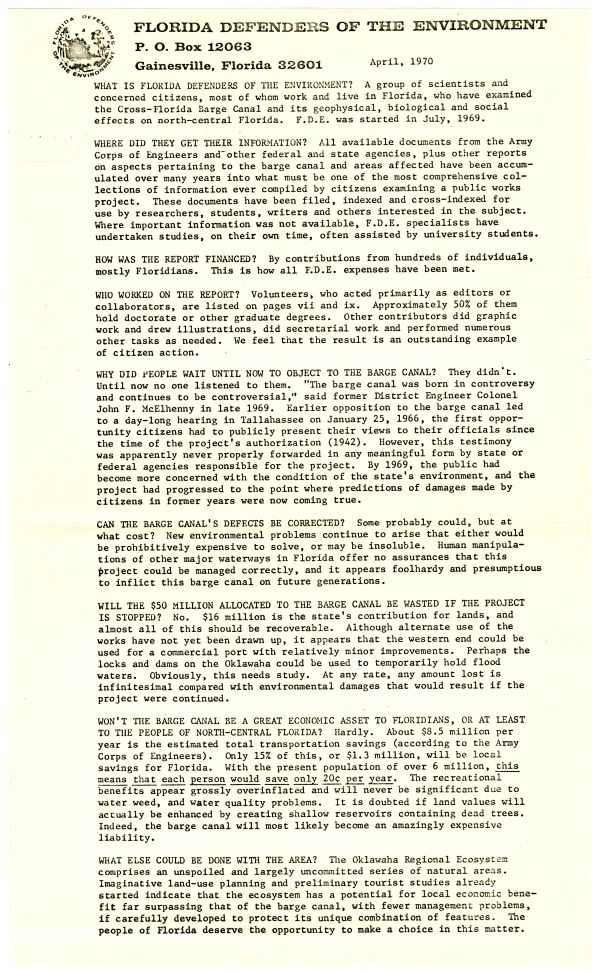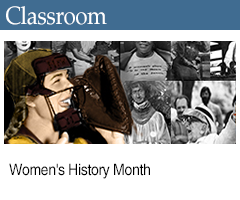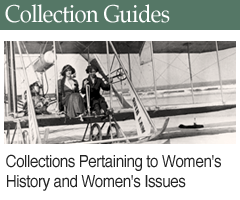In Her Own Words: Remarkable Women in 20th-Century Florida

Marjorie Harris Carr, 1915-1997
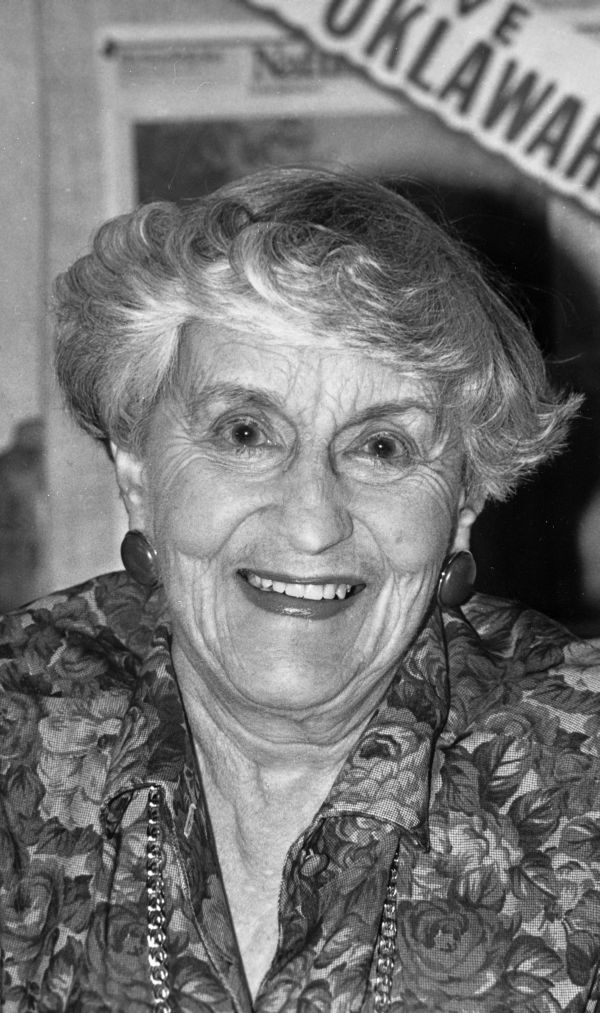
"I just can't believe the public will stand idly by and let the Corps of Engineers go through with its plan to destroy one of Florida's most beautiful areas by drowning it behind dams and locks."
Scientist Marjorie Harris Carr committed her life to promoting conservation and protecting Florida’s environment from destruction. Carr graduated from the Florida State College for Women in 1936, with a degree in zoology, and took a job as the federal government’s first female wildlife technician. She faced gender discrimination in the scientific community and was rejected from graduate programs in zoology because she was a woman. She was eventually accepted into a program at the University of Florida, and she graduated with her master’s degree in zoology in 1942. This training, and her subsequent research into birds, turtles, snakes and other animals, made her a well-informed environmental activist.
Together with organizations including the Gainesville Garden Club, the Alachua Audubon Society and the Florida Defenders of the Environment, which she cofounded in 1969, Carr mounted campaigns to prevent major development projects from harming Florida’s natural landscapes. In 1961, she and others were responsible for establishing Paynes Prairie as the first official wildlife preserve in the state.
When details emerged about the potentially damaging impact of the proposed Cross Florida Barge Canal, Carr and other activists in the community went to work trying to stop the project. They held public meetings and wrote essays about the importance of the Ocklawaha River to Florida’s ecosystem. Small sections of the canal project did proceed, but Carr and her allies continued to publicize the threat it posed to both the surrounding ecosystem and Florida’s aquifer. Carr’s activism helped convince President Richard Nixon to halt the project in 1971, and Congress officially deauthorized it in 1990. Carr, meanwhile, spent the rest of her life leading efforts to restore the Ocklawaha River. In 1998, the land that was once set aside for the canal was renamed the Marjorie Harris Carr Cross Florida Greenway.
A letter from Marjorie Harris Carr to W. Randolph Hodges, director of the State Board of Conservation, requesting a public hearing regarding the realignment of a section of the Cross Florida Barge Canal from Silver Springs to the St. Johns River, December 4, 1965.
A letter from Marjorie Harris Carr to Ozro Earle Frye Jr. of the Florida Game and Freshwater Fish Commission regarding ways to inform legislators about issues facing Florida's environment, June 13, 1974.
A description of the Florida Defenders of the Environment, including their purpose, where they get their information and why they do not support the Cross Florida Barge Canal, April 1970.
More from Florida Memory
- Photographs: Marjorie Harris Carr
- Teacher’s Guide: The Cross Florida Barge Canal
At the Archives
- Cross Florida Barge Canal Central Program Administrative Files, 1892-1993, Series S2689, Box 7, State Archives of Florida.
- Cross Florida Greenway Administrative Files, 1992-2000, Series S2688, Box 27, State Archives of Florida.
- Environmental Specialist Ken Alvarez Reference Files, 1970-2005, Series S2024, Box 1, State Archives of Florida.
- Florida Department of Natural Resources Assistant Director Jervey Kelly Administrative Files, 1962-1974, Series S1237, Box 4, State Archives of Florida.
- Florida Game and Freshwater Fish Commission Executive Directors Subject Files, 1931-1980, Series S1393, Box 5, State Archives of Florida.
- Warren S. Henderson Legislative Papers, 1967-1984, Collection M84-31, Box 4, State Archives of Florida.
Citation
- ^“Oklawaha Valley Flooding Facing Stern Fight from Woman Biologist,” The Miami Herald, December 20, 1965.

 Listen: The Blues Program
Listen: The Blues Program